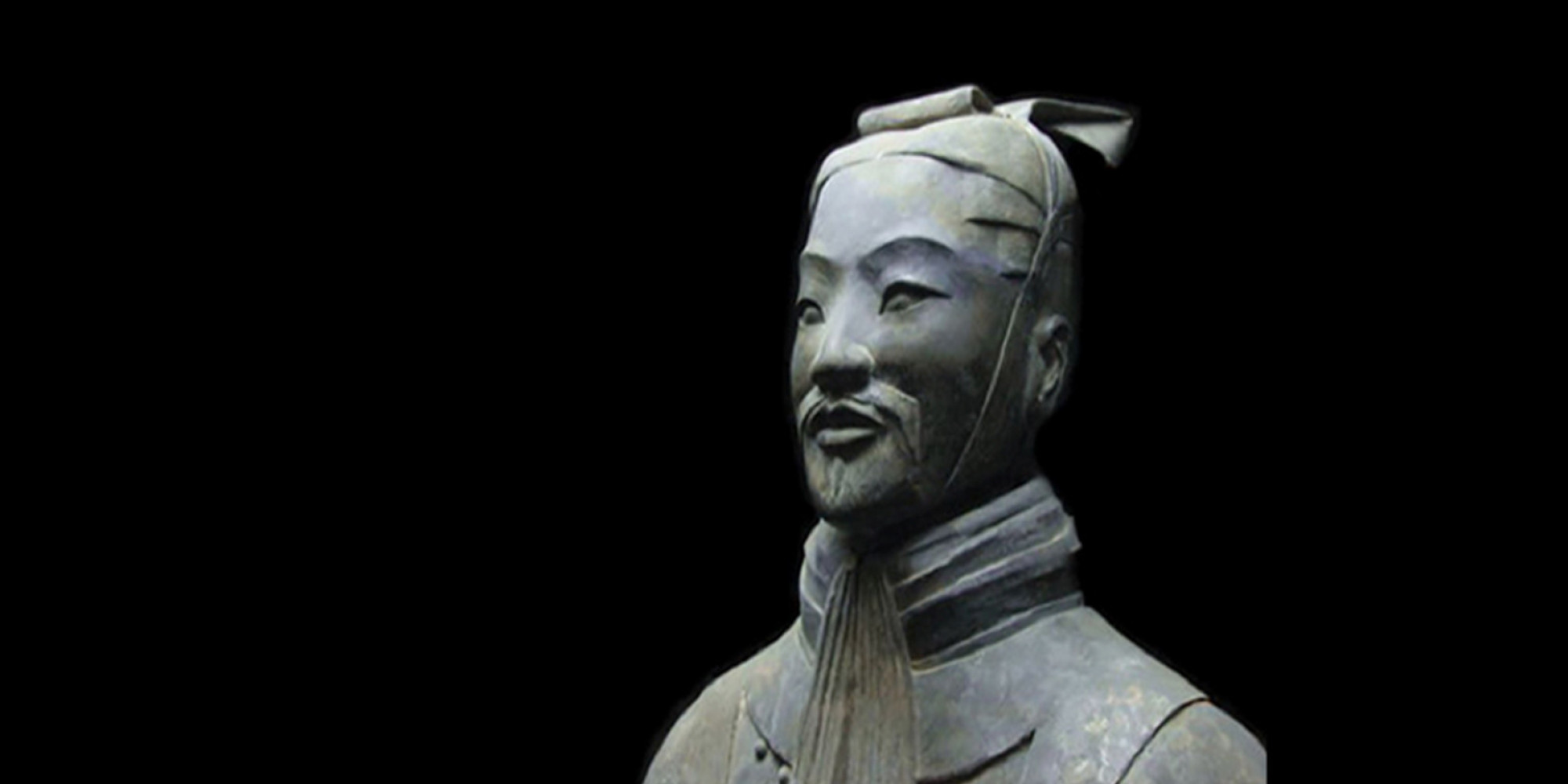WVU v. Texas Tech: It takes a crook
October 15, 2016 by Mike Casazza

I’d almost forgotten about this, but back in the day, we did some really weird and, if you ask me, wonderful stuff. This space was like the wild west, and the sheriff was wearing argyle and not exactly worried about what was happening in this corner of his territory. The reign was free, the liberties were taken and the result at one point was — Oh man, are you ready? — Sun Stew.
I don’t care what you say, that was brilliant.
Anyhow, I suppose we’ve grown up older and we’ve matured meandered, and all of our subsequent highjinks highjinks masks what happened in the past. But this week, I was working on a pretty simple story: You know what you’re going to get when you prepare for Texas Tech and Kliff Kingsbury. It’s a little more complicated when you’re preparing for West Virginia.
And then offensive line coach Ron Crook — bless him! — said this about the value of WVU’s diversity.
“The game still boils down to blocking and tackling and who can be better at the fundamentals, but if you make them work on a lot of different things, it’s hard for them to focus on one thing they need to do to beat you,” offensive line coach Ron Crook said.
“Sun Tzu said if you make them prepare everywhere, you make them weak everywhere. You can’t say, ‘This is the one thing we’ve got to do to win.’ The more you can show them, the harder it’s going to be for them to prepare.”
Whoa! “You throw a lot of ‘Art of War’ at them?” I wondered.
“Sometimes,” he said. “I’m not big on cliches.”
Cliches? Too simple. Twenty-five-hundred-year-old military treatise? Adequate. Sometimes.
Glorious. Anyhow, the point of the story was to explain the issues the Mountaineers present in preparation as well as on the field, and they are many. It’s been an evolution of sorts — honestly, the strength today is the result of weaknesses in the past, which is very Sun Tzu — because the team has a veteran quarterback and experienced offensive linemen and two running backs and probably the best combination of depth and talent at receiver either since Holgorsen starter or since 70-33 — and either choice is good for the Mountaineers.
The zone runs are complimented by the power runs, and they’re accompanied by some quarterback runs, which I think you may see early today just to get Skyler Howard going. The passing game has all the Air Raid principles and is finding ways to balance the deep throws to the outside receivers with the intermediate passes to the inside receivers. Any and all of that can happen from a bevy of formations and at alternating tempos.
It’s not too much for the Mountaineers to handle. One area where Holgorsen has always been pretty savvy, according to those who have worked or who still work for him, is appropriating practice time. He makes sure assistants have the time the need, whether in drills or live periods, to work on what they need to work on for that day or for that week’s opponent. WVU doesn’t really run a slew of different plays in any one game, and they’ve known what they know for a while.
“You’re not devoting a lot of practice time on what to do, so that allows you to be a little bit more creative with it and change up some things on a week-to-week basis,” Holgorsen said.
That said — and you’ve probably noticed this — the Mountaineers are adding to their repertoire this season, so good luck with all of that.
“We’re getting back into some of our old ways,” Carrier said, declining to list them but insisting they exist. “We’ve got the personnel to spread the ball out a little more. I’m helping out with little wrinkles here and there — formations, plays. There’s been a lot added that you probably wouldn’t even notice.”
The significance of whatever changes or additions the offense has made is that they’re subtle. The Mountaineers can’t add too many more routes or running plays than what they already have. There could be new formations — like the three receivers far away on one side and one receiver alone on the other side that WVU showed against Kansas State — but there are rarely ever new plays within those new formations.
But Carrier said the Mountaineers can run virtually all of their plays out of any formation.
“We throw a lot at [opponents] from the standpoint of a lot of different formations and being able to do a lot of tempo from any formation and any personnel grouping, but what we run — it looks a lot harder than it is,” Crook said. “Certain calls make a play look completely different, and it probably looks like a different play, but within our system, it’s all the same play.”
Continue reading…




